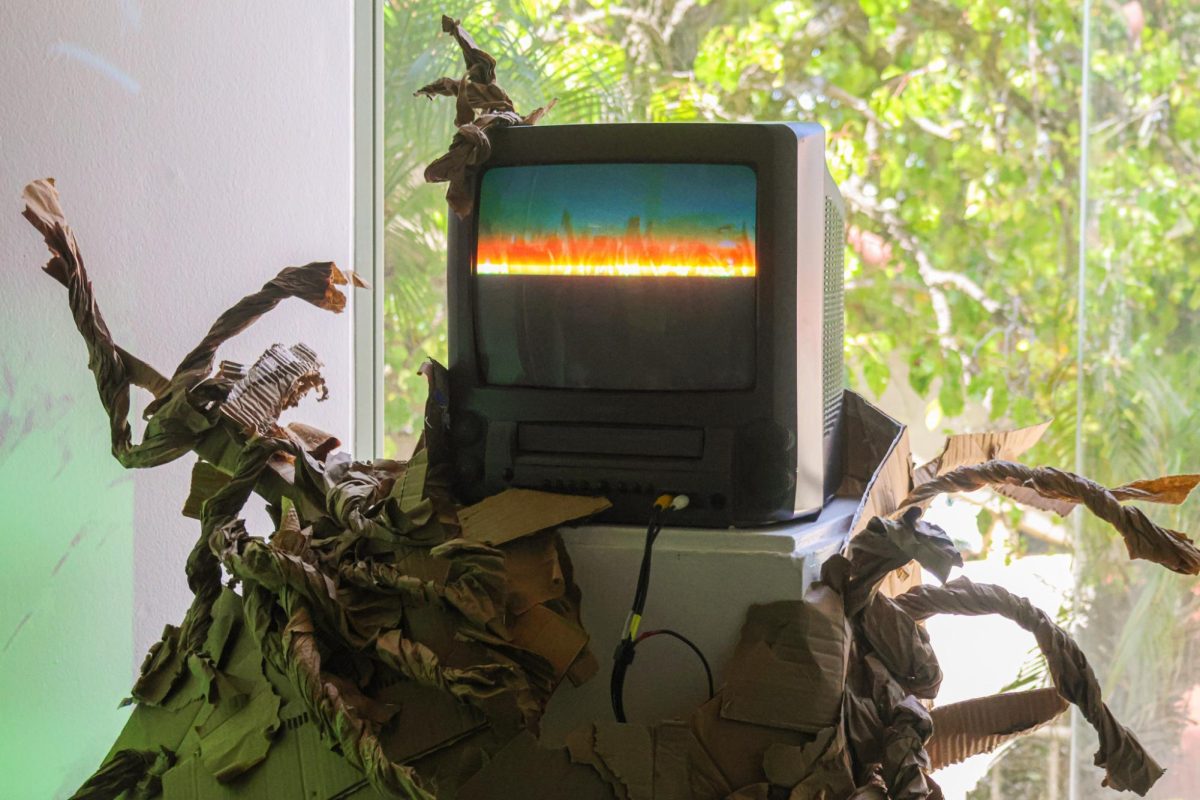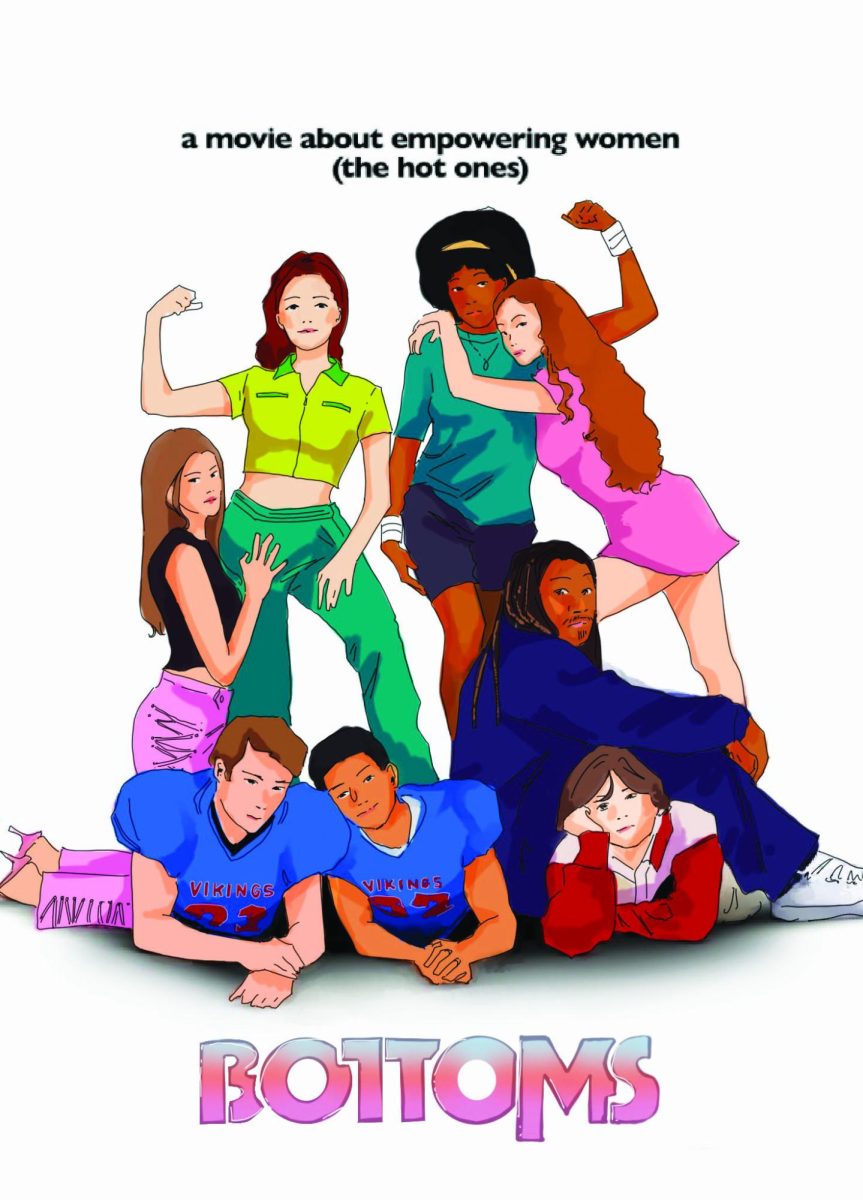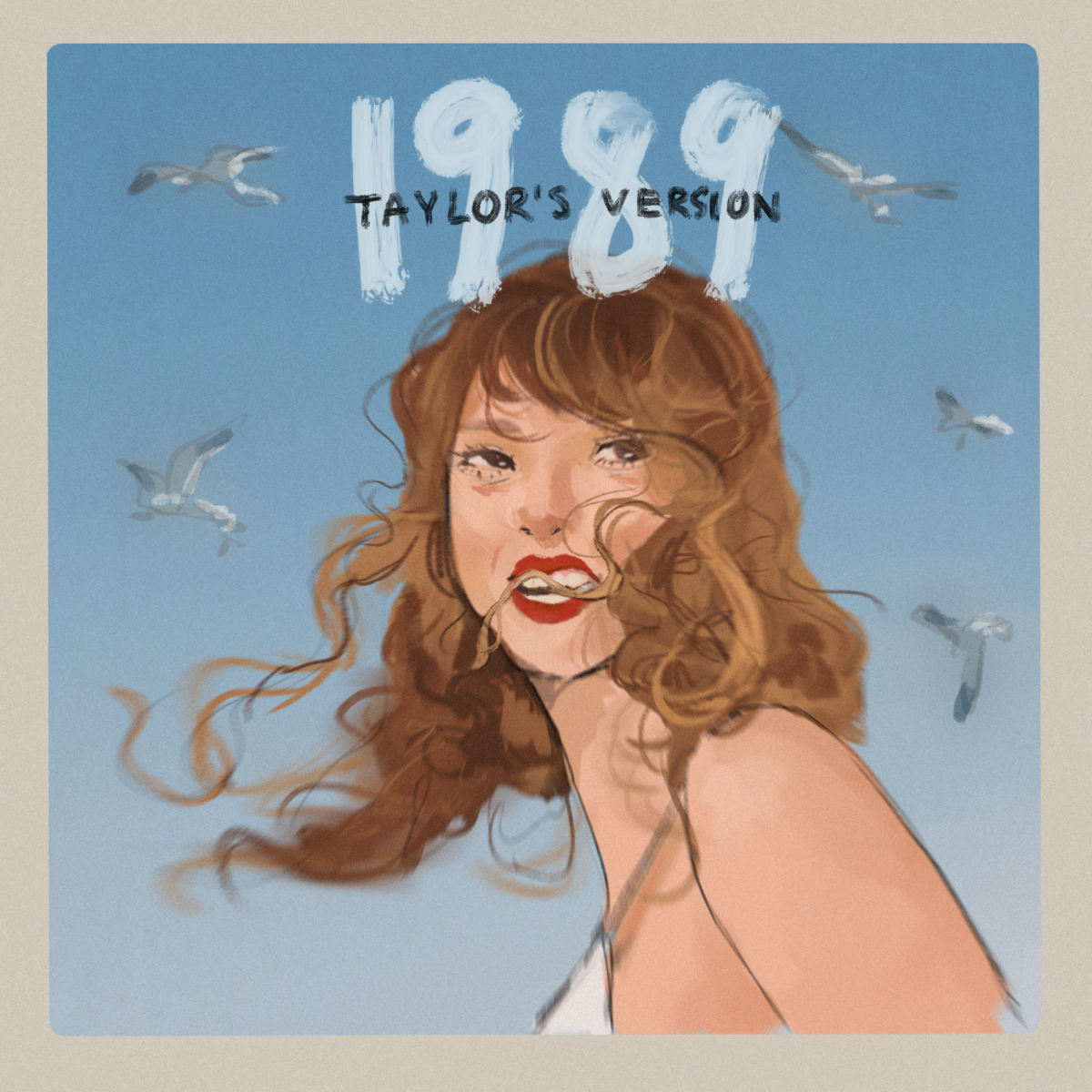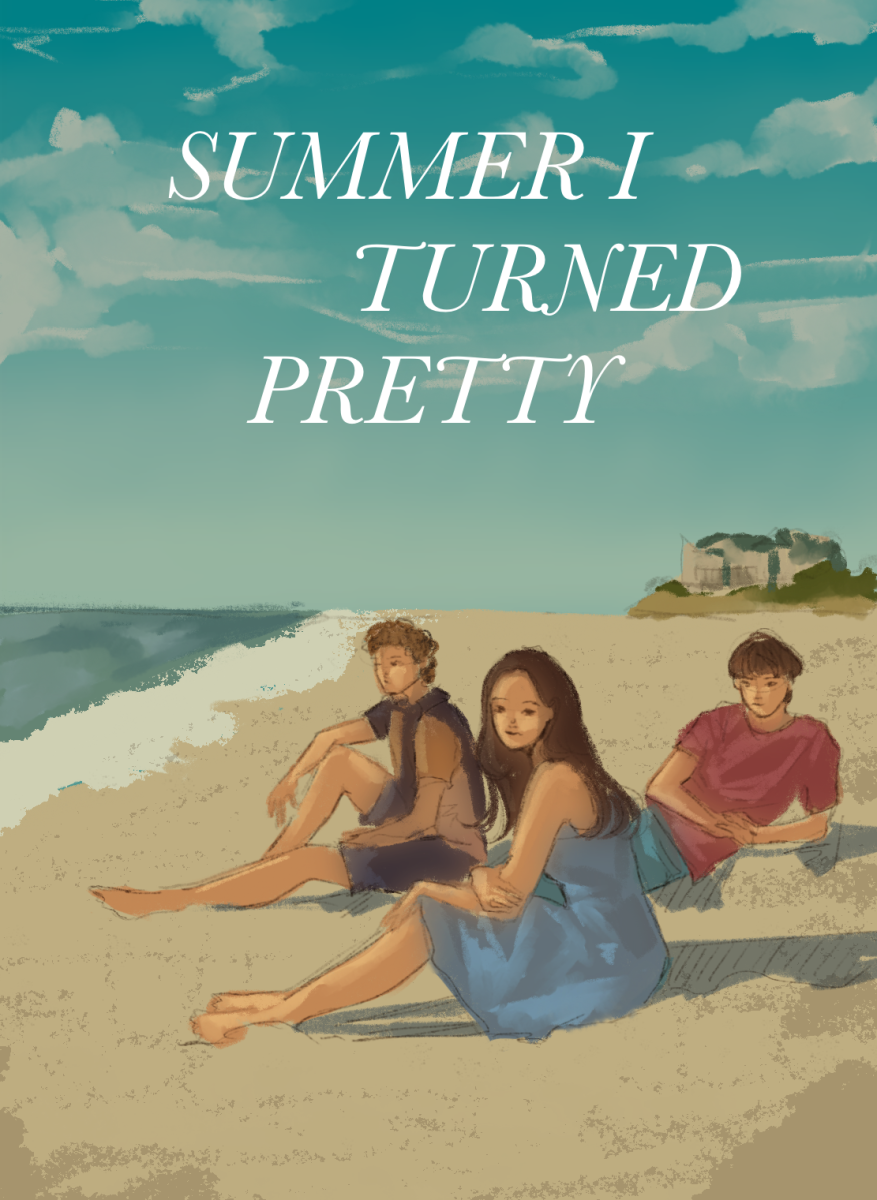Counter cultures can reflect self-expression and moral beliefs.
Every morning, Hope Shinderman ’21 wakes up to her morning punk playlist, selects her outfit from an assortment of black and plaid clothes, laces up her combat boots and puts at least a pound of silver jewelry on. To Shinderman, being goth and punk is her greatest pride. However, her identity is not only reflected in her clothing and music, but in her philosophical and political beliefs as well, she said.
“I identify with goth and punk because of the music I listen to and because I relate to the overarching messages and themes,” Shinderman said. “I find beauty in some of this world’s darkness. However, I see injustice and I see things that are screwed up and I’m sure as hell fighting to fix them.”
According to Scathe, a British goth website, the foundation of goth counter culture is goth music, which originated during the post-punk genre.
Shinderman said the goth perspective sees the world as a dark and broken place where beauty still exists. As a reflection of finding light within the darkness, goth individuals generally avoid wearing color, opting for black and in some cases white clothing, Shinderman said.
The punk movement is closely connected to anti-government movements and anarchism, Shinderman said.
According to a goth and punk website LoudSound, the current socio-political worldview that participants in the modern punk movement have adopted is that the status quo is imperfect, but that the people have the power to change it.
Counter cultures revolve around opposing the status quo.
Although each is distinct, these cultures are all centered around opposition to mainstream and socially accepted norms, Shinderman said. Defying societal standards has often placed many goth people like her under scrutiny, she said.
“I think that my outfits tend to be a lot less ‘extreme’ because I have faced a lot of criticism on things like chains, makeup and band paraphernalia,” Shinderman said. “It upsets me that people don’t respect my clothing as an expression of my culture while they claim to value freedom of expression.”
However, many students such as Kai McGrath ’21 do not understand goth fashion.
“The sight of all that metal makes my eyes hurt and me feel very uncomfortable,” McGrath said. “Goth clothing should be against the dress code. There’s no need to have all that leather, this is an educational institution.”
However, many counter cultures have gained traction.
In addition to older counter cultures such as goth culture, recent counter culture movements have also gained popularity, Jack Hoppus ’20 said.
“Counter culture has never before been as prominent since all of these ‘quirky’ trends that are circulating around on TikTok are super popular today,” Hoppus said. “As an example, ‘e-boy’ or ‘quirky’ music taste or aesthetics are super mainstream. I feel like right now, everyone wants to be different or unique, so people are actively looking to change themselves and what makes them different.”
Shinderman said she shares similar sentiments.
“People often assume that goth is on the rise because e-girls and goth and emo rappers and artists falsely labeled as goth, like Billie Eilish, have become popular,” Shinderman said. “These people labeled by the general public as goth tend to just combine aspects of goth and emo aesthetics in order to appear edgy.”
With the rise of open source music platforms like SoundCloud and new genres such as emo rap, teenagers are now identifying more with the music and art of counter cultures old and new, Juliet Colitre ’21 said.
Many individuals who identify with counter culture movements seek a sense of social inclusion. Because self-identifying with these cultures is generally temporary, it is often cast off as “just a phase.”
Counter culture communities provide a sense of inclusiveness.
Yet, for students like Felicity Phelan ’21, who identified as emo in middle school, these cultures provide a sense of belonging that not everyone can find in popular culture.
“I began to gravitate toward the emo culture because I was having a really rough time socially and emotionally,” Phelan said. “I felt like an outsider and was really longing for a sense of community, and since I couldn’t find it in mainstream communities, I was pushed more towards the fringes. People ride emo culture a lot for being cringe and overly-edgy, but it really was the only place where I saw my feelings of otherness being not only acknowledged, but celebrated and spun as something positive.”
Rafaella Rubenstein ’21, who self-identifies as goth, said that because so many students take emotional refuge within these communities, a stigma of depression has developed. She said both of these communities have helped her feel more safe and included during turbulent times.
“People tend to assume that I’m depressed because of the way I dress and the music that I listen to,” Rubenstein said. “That’s one of the major stereotypes. However, back in my emo phase I actually was depressed, so I think that the stereotype is sometimes true. Often, people gravitate towards counter culture when they’re dissatisfied with the way that ‘normal culture’ treats them, and they don’t feel like they fit into the boxes that society places them into.”
Like Rubenstein, many other members of the emo community find an escape from their t will make for an intriguing discussion that will bring to life the book,” issues.
“When you are feeling listless and isolated, having a culture or community where you feel welcome and safe is a lifesaver,” Phelan said. “Even if that culture is something you eventually outgrow the need for, it still had a really large part in shaping you.”
For Phelan, rejecting the norm is a way for them to reclaim their ability to self-identity.
“I’d say being emo is a way to take back power from would-be bullies and judgers,” Phelan said. “By branding yourself as part of this subculture, you are basically renouncing mainstream approval, saying, ‘Think whatever you want. I already know who I am.’”






































